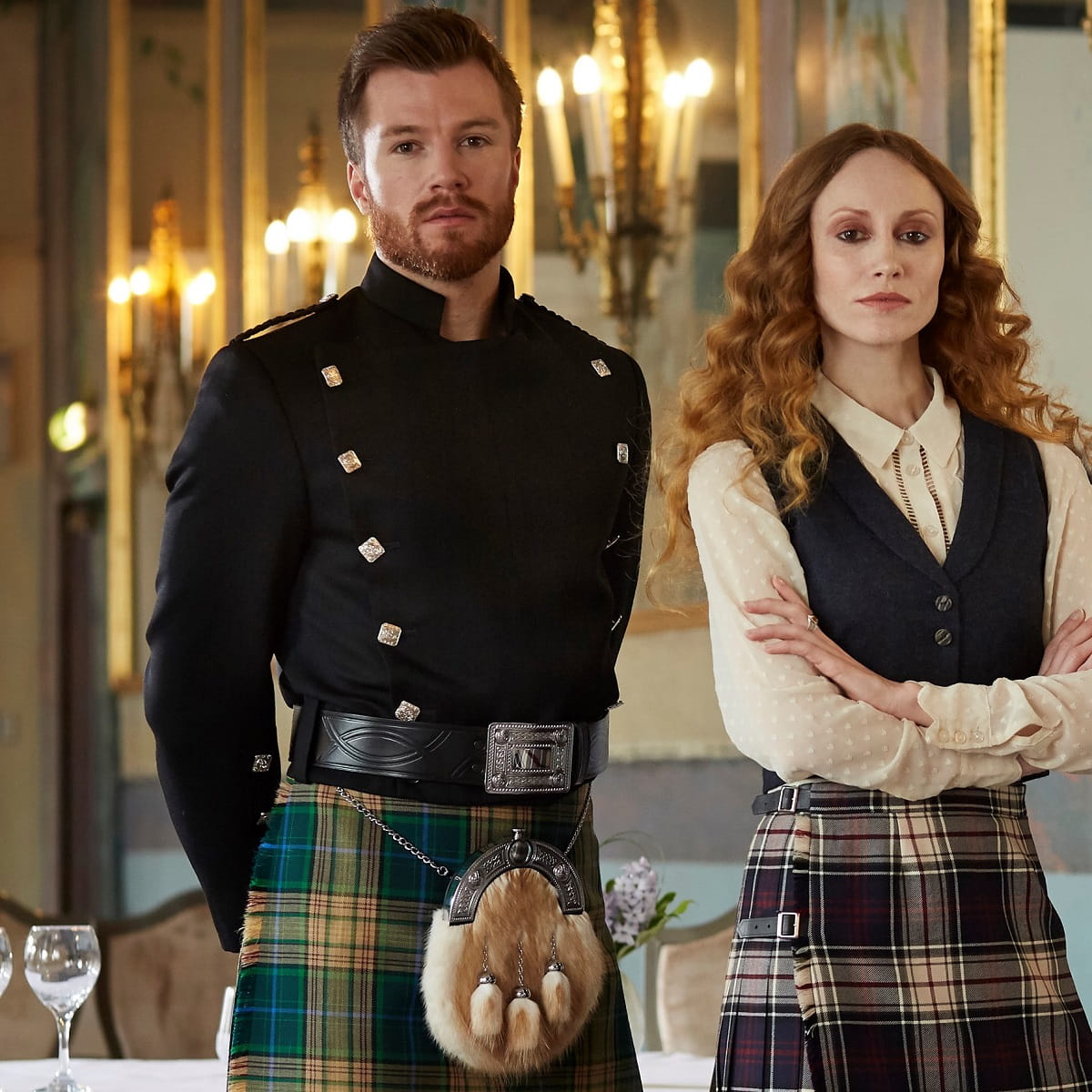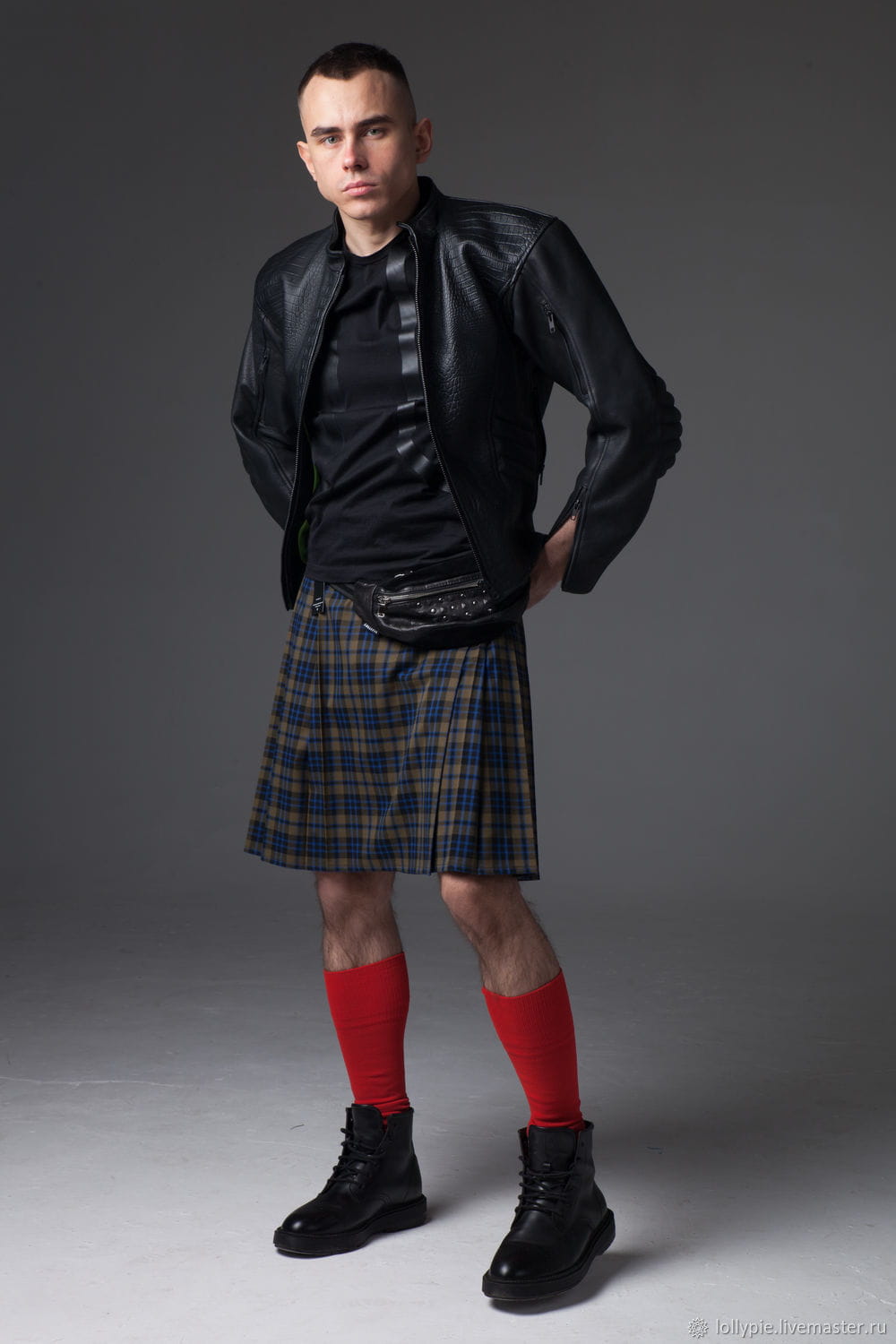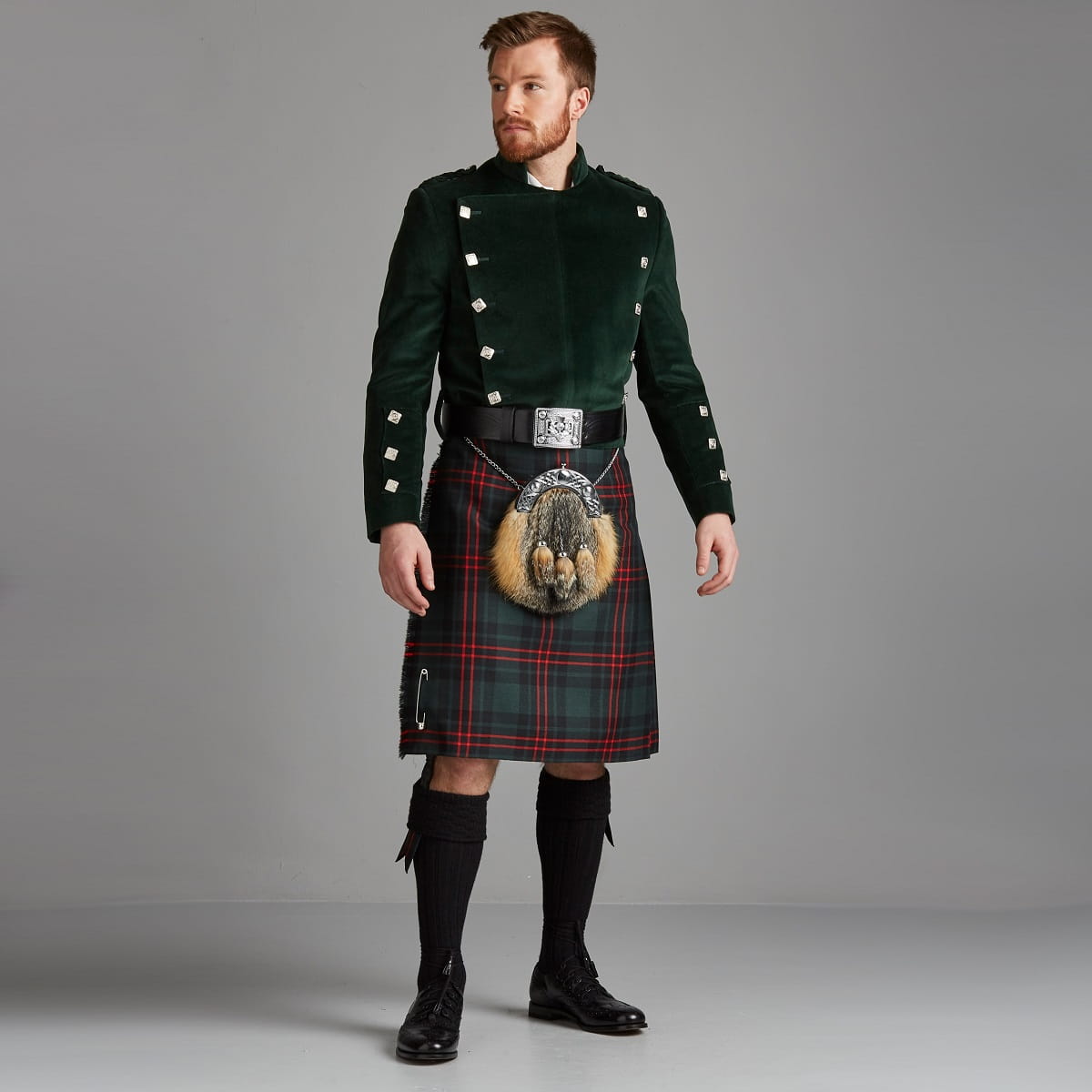1
HOME > Tips & Advice >
MAKING THE KILT A DAILY LIFESTYLE CHOICE
A DETAILED SCOTTISH FASHION GUIDE
Written by Menswear Style in Tips & Advice on the 7th February 2022

The Scottish Kilt is the most famous traditional outfit globally and the only national outfit in the UK. The exclusively traditional Kilt is formal dress, primarily worn at events and weddings. However, in the late 18th and 19th centuries, this very noble style was followed by a vast number of Irish. So, what is a kilt exactly? A kilt is a knee-sized skirt-like outfit but different from a skirt because it is wrapped around the waist and made of 8-yard fabric. Typically, it is made from tartan and leather but is now available in many other materials. The kilt for men was for wearing occasionally, but in the contemporary world, a wide range of people all over the west now wear them as daily wear.
A kilt is the most comfortable of garments. A kilt is no longer confined to formal events or weddings and can be worn at the office, at home, and school. Even some Canadian schools uniforms include kilts for girls. The contemporary designers of Scottish kilt offer versatile styling with casual or semi-formal options. According to the weather of Scotland, the kilt is manufactured to keep you warm and comfortable. The cargo pockets will help you keep your essential tools while walking around at a workplace. The Scottish utility kilts will make you look stylish even at work amongst people wearing suits. If you choose the Kilt for sports e.g. football, it will still give you a great comfort zone. Moreover, the Scottish kilt is best worn while running.

A Detailed Scottish fashion guide
Scottish fashion is not only restricted to kilts, but the Kilt is the one garment you've probably heard of. However, you will find many fashion manias in the highland culture, such as Balmoral bonnets, sporrans, and Ghillie brogues.
What is Highland Wear?
Highland wear reflects the culture of Scottish and Irish folk. Traditional outfits represent the specific culture of the Isles of Scotland. Highland wear was mainly based on kilt, Victorian collar shirt, sporrans, and Ghillie Brogues. But the Kilt was also worn by Americans and Canadians with different stylings. Traditional highland Dress usually prefers bright colours, and hats comprise the outfits.
Styling of Highland Wear
Highland kilts are wrapped around the waist and tucked with a kilt pin to prevent falling off. The knife-pleats go at the back, and the fringes come on the right side by overlapping. The kilt belt is used to adjust the size. The Jacobite shirt with a crisscross pint on the front is old Scottish fashion. The sporran is the foremost accessory to wear with the Kilt, comprised of animal fur, simple leather, or another decorative item. It looks like a small pocket belt tied between the waistline. A sporran is a Gaelic word alternative to the purse. Kilt hose is the long socks that stretch to the knees, and the Ghillie brogues are the shoes to wear with a kilt. Ghillie brogues looks like simple shoes but with long laces so that their laces can wrap around the leg to generate a pure Scotsman's look. The flashes are the additional and decorative item used on the kilt hose. Now comes the additional wear; the fly plaid is like a kilt falling off the shoulders. The Tam o' shantar is a traditional cap that solely belongs to Scottish culture. The word tam o' shantar was invented by Scottish poet Robert Burns.

Traditional Scottish Dress for women
There is always a difference between men and women in fashion. Scottish women don't usually opt to wear kilts daily because it looks more formal. That is why they wear kilted skirts that look fashionable instead of traditional kilts. However, they wear traditional kilts occasionally or at religious festivals. There is a wide range of fabrics and colours to make kilted skirts. Tartan sash or shawls are very common among women in Scotland. For the foot, they wear Ghillie brogues, especially when they attend the dance parties. Apart from clothing, women will also wear brooches, pins, pebble jewelry, metals, stones, and Scottish pearls.
Clans and Tartans
Most Scottish people love to wear what their ancestors used to wear, 'clans.' Many Scottish families have chosen colours that are now migrating from generation to generation. Different tartans are styled for other clans (families). But not always, different regions also have specific tartans to showcase their specialization and to intact the identity of the areas and vicinities. Surprisingly, the tartans are exclusively related to the family names.
Trending
2
3
4
5
6
7
8
9
10









